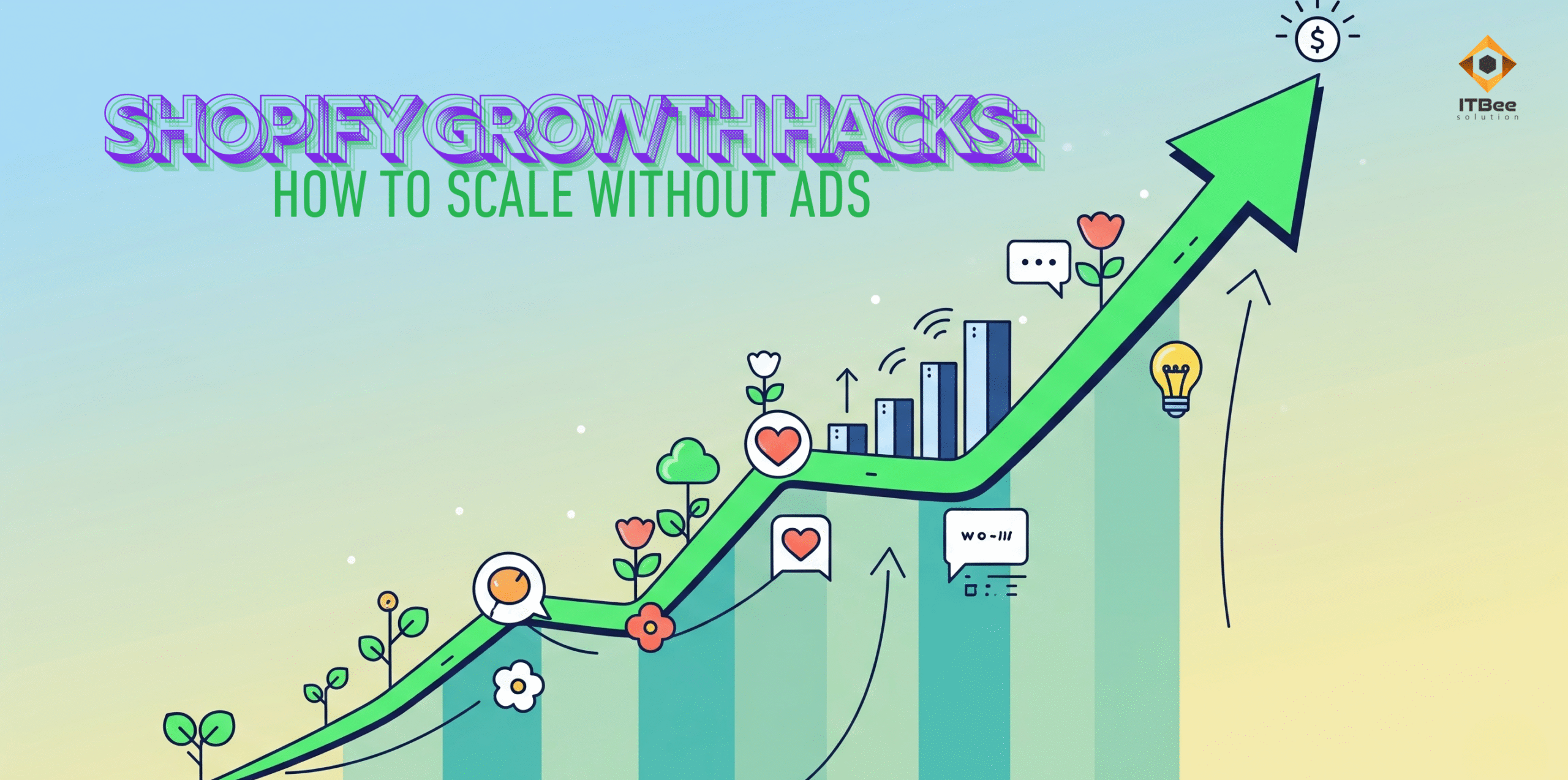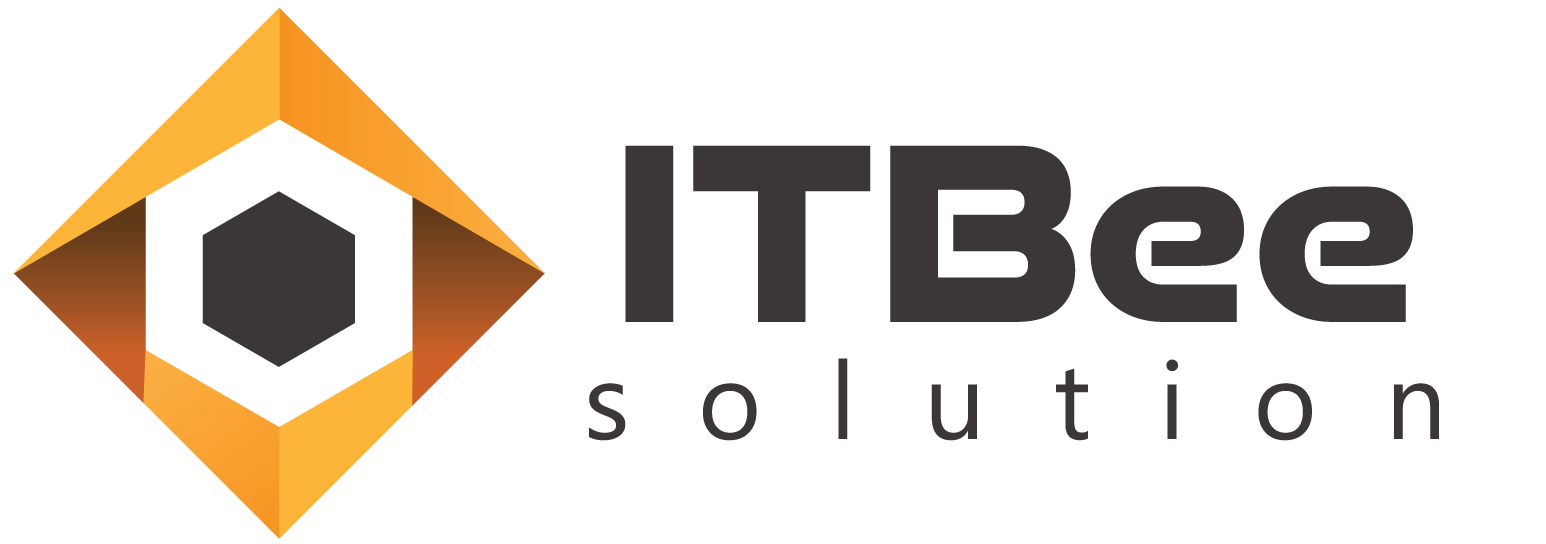
- September 20, 2025
- sadia
- 0
It’s easy to believe that the only path to growth is through a massive paid advertising budget. We see brands running endless ad campaigns on Meta, Google, and TikTok, and we assume that’s the only way to get eyeballs on our products.
But what if I told you that some of the most successful Shopify stores built their empires by focusing on organic, sustainable, and free growth channels first?
Scaling your Shopify store without relying on a huge ad spend isn’t just possible, it’s the foundation for a more profitable and resilient business. Paid ads are a powerful accelerator, but without a strong organic base, they’re like pouring water into a leaky bucket.
This guide is your step-by-step roadmap to building that strong foundation. We’ll focus on three key pillars: building an unshakeable SEO foundation, creating a content machine that drives traffic, and mastering customer retention to turn one-time buyers into lifelong fans.
Let’s dive in.
Phase 1: The SEO Foundation (Weeks 1-4)
Before you do anything else, you need to ensure your store is primed to be found by search engines. This is the single most important long-term growth strategy you can employ.
Step 1: Conduct In-Depth Keyword Research.
This isn’t about guessing. This is about data. Use tools like Google Keyword Planner (free), Semrush, or Ahrefs to identify what your target audience is actually searching for.
▪️Focus on long-tail keywords: Instead of trying to rank for a hyper-competitive term like “coffee beans,” target longer, more specific phrases like “best single-origin coffee beans for French press.” These have lower competition and higher purchase intent.
▪️Analyze search intent: Does the keyword show transactional intent (e.g., “buy men’s running shoes”) or informational intent (e.g., “how to choose running shoes”)? Use this to guide where the keyword belongs on a product page or in a blog post.
Step 2: Optimize Your On-Page SEO.
Now, apply those keywords to your store.
Product and Collection Pages:
▪️Titles & Descriptions: Craft unique, keyword-rich titles and meta descriptions for every product and collection page. Make them compelling to encourage clicks from search results.
▪️URLs: Ensure your URLs are clean and descriptive. Change yourstore.com/products/item1234 to yourstore.com/products/organic-cotton-tshirt.
▪️Image Alt Text: Add descriptive alt text to all your product images. This helps with SEO and accessibility.
Site Structure:
▪️Navigation: Create a clear, logical navigation hierarchy that makes it easy for both users and search engines to find pages. A simple structure like Home > Category > Product is ideal.
▪️Page Speed: Optimize your store for speed. Compress images, uninstall unnecessary apps, and use a fast-loading theme. A slow store is the fastest way to lose a customer and a search ranking.
Phase 2: The Content Machine (Weeks 5-12)
Once your SEO foundation is solid, it’s time to build a content engine that drives consistent, organic traffic and establishes your brand as an authority.
Step 1: Start a Blog That Serves Your Audience.
Your blog isn’t a place for random updates. It’s an SEO goldmine. Create a content calendar based on the informational keywords you found in Phase 1.
▪️Educational Guides: Write “how-to” guides, tutorials, and deep-dive articles that answer your customers’ biggest questions. If you sell outdoor gear, write “The Ultimate Guide to Choosing a Hiking Backpack.”
▪️Gift Guides & Listicles: Create content that is highly shareable and naturally lends itself to linking to your products, such as “10 Eco-Friendly Gifts for the Gardener in Your Life.”
▪️Behind-the-Scenes & Brand Story: Share your brand’s mission, your “why,” and how your products are made. This builds trust and a deeper connection with your audience.
Step 2: Master Social Media for Community, Not Just Sales.
Don’t use social media as a billboard. Use it to build a community.
▪️Choose Your Channels: Don’t try to be on every platform. Find out where your target audience hangs out and master one or two channels. Keep an eye on the latest algorithm changes and updates from platforms like Meta and understanding the future of Meta ads can help you get ahead of the curve, even with an organic-first strategy.
▪️Engage, Don’t Just Post: Reply to comments, ask questions, run polls, and share user-generated content (UGC). When a customer shares a photo of your product, re-share it! This is social proof and free content.
▪️Collaborate with Micro-Influencers: Partner with creators who have a smaller, but highly engaged and loyal following. Offering them free products in exchange for a post or review can be more effective than a traditional ad campaign.
Phase 3: The Retention Loop (Weeks 13+)
It’s often easier and more profitable to sell to an existing customer than to acquire a new one. This is where you create a cycle of repeat purchases and word-of-mouth marketing.
Step 1: Implement a Powerful Email Marketing Strategy.
Your email list is your most valuable asset.
Automated Flows: Set up essential email automation flows.
▪️Welcome Series: Greet new subscribers with a brand story and a special first-time discount to encourage a purchase.
▪️Abandoned Cart Emails: Send a series of automated reminders to recover lost sales. These have an incredibly high ROI.
▪️Post-Purchase Series: Thank customers for their purchase, provide shipping updates, and follow up a week later to ask for a review or a photo of the product in use.
Regular Campaigns: Send regular newsletters with new product announcements, blog post links, and exclusive discounts to your subscribers.
Step 2: Create a Referral & Loyalty Program.
Turn your happy customers into your best marketers.
▪️Referral Program: Use an app to create a simple referral program. Offer a discount to both the referrer and the new customer. Something like “Give 15%, Get 15%” is a powerful motivator.
▪️Loyalty Program: Reward repeat customers with a points-based system. Offer exclusive perks, early access to new products, or special discounts for your most loyal shoppers. This makes customers feel valued and gives them a reason to keep coming back.
Step 3: Enhance the Customer Experience.
Every touchpoint is a chance to build loyalty.
▪️User Reviews: Display product reviews and testimonials prominently. Social proof is a huge conversion driver.
▪️Upselling and Cross-selling: Use apps to recommend complementary products on your product pages or at checkout. “Customers who bought this also bought…” is a simple but effective way to increase average order value (AOV).
▪️Personalization: Use customer data to create a personalized shopping experience. Show product recommendations based on a customer’s browsing or purchase history.

As your Shopify store begins to scale, the demands on your time and resources will grow. At this stage, it’s important to consider outsourcing your marketing to a dedicated team, freeing you up to focus on other areas of your business.
By focusing on these three pillars—SEO, content, and customer retention—you will build a Shopify store that doesn’t just survive, but thrives. You’ll create a brand that people actively seek out and a community that passionately shares your products, all without being chained to an advertising budget.
Start today. The results may not be instant, but they will be sustainable.

